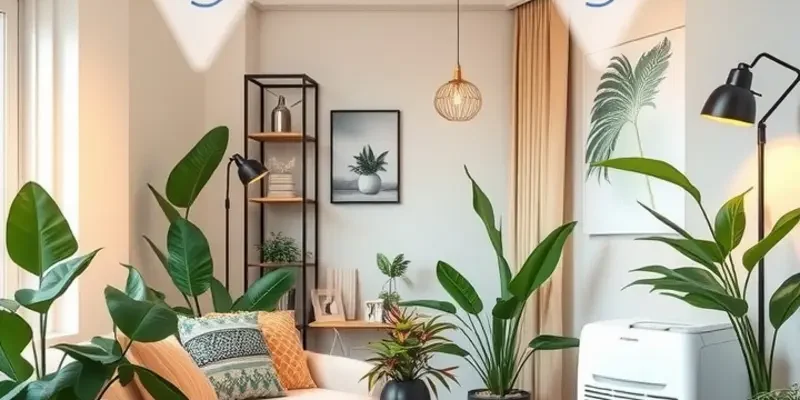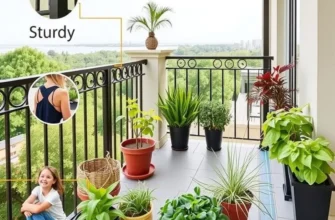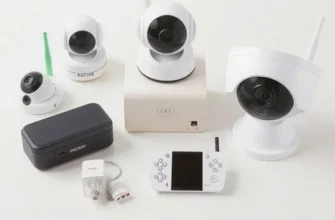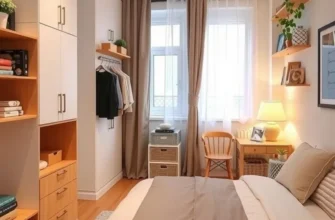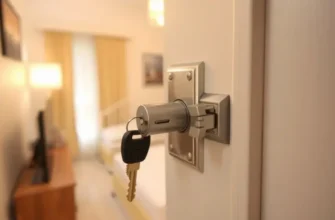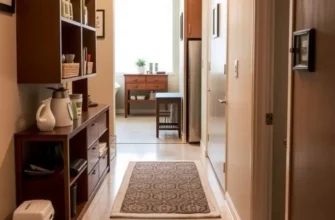Humidity control in apartments is crucial for ensuring a safe and comfortable living environment. High humidity levels can lead to a host of problems, from mold growth to discomfort and even health issues. As a renter, it’s essential to manage humidity effectively within your space, especially given concerns about safety, security, and maintaining a hassle-free lifestyle. This guide provides practical, easy-to-implement strategies that prioritize your well-being. With clear solutions and friendly advice, you’ll be equipped to create a more enjoyable home environment where you can thrive, regardless of the season. Let’s delve into understanding humidity, its effects, and the strategies to manage it efficiently in your apartment.
Understanding Humidity: The Basics
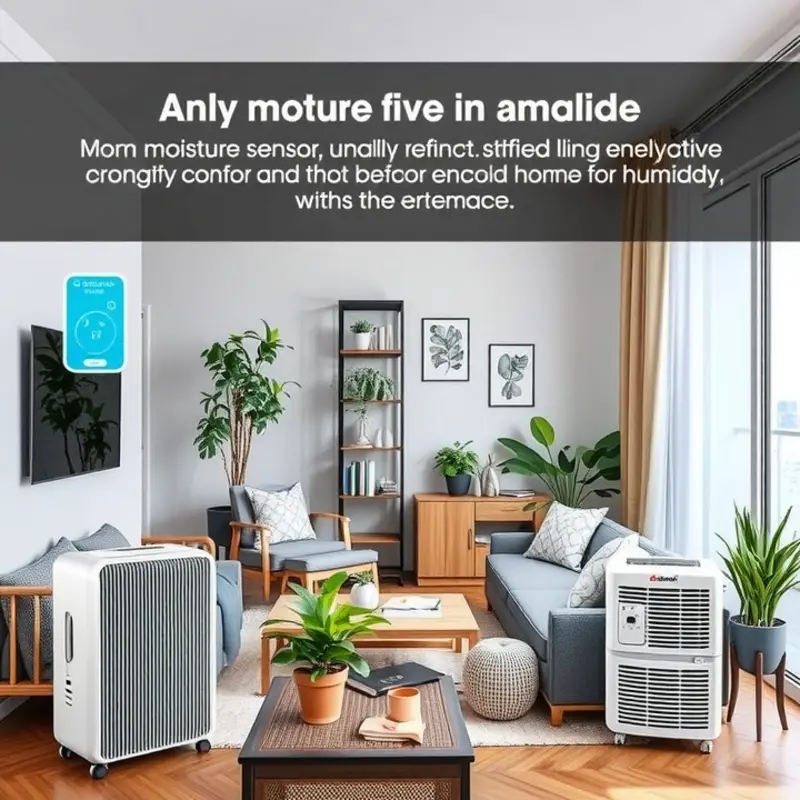
Humidity, the amount of moisture present in the air, plays a crucial role in our comfort and health within our homes. While not often at the forefront of renters’ concerns, managing indoor humidity is essential for maintaining a pleasant and healthy living environment.
Moisture in the air affects how we perceive temperature. Higher humidity levels can make a warm room feel even more uncomfortable, while low humidity can lead to dry skin and irritated respiratory tracts. Understanding these fluctuations is key to tailoring your apartment’s atmosphere to suit your needs.
Humidity tends to fluctuate with the seasons. In the summer, high outdoor humidity can seep indoors, leading to a stuffy atmosphere. Conversely, in the winter, heating systems can dry out the air, reducing humidity to uncomfortable levels. These seasonal changes underscore the importance of monitoring and adjusting your apartment’s humidity to suit prevailing conditions.
Excessive humidity, typically above 60%, can promote mold growth, attract dust mites, and even damage wooden furniture and fixtures. Mold spores thrive in moist environments and can lead to significant health issues, especially for individuals with asthma or allergies. Dust mites, another common allergen, also multiply in humid conditions.
On the flip side, humidity levels below 30% can cause discomfort, leading to dry skin, scratchy throats, and increased risk of colds and flu. To combat these issues, maintaining relative humidity levels between 30% and 50% is generally recommended to sustain a comfortable living space.
Renters can take several simple steps to manage humidity effectively. Ventilation is a natural method to reduce humidity—opening windows can create a cross-breeze that circulates air. In particularly humid apartments, running fans or strategically placing a dehumidifier can significantly improve conditions.
In the colder months, using an indoor humidifier can help balance dry air. Another easy strategy is to place plants around the apartment; they naturally release moisture as they transpire, helping to boost overall humidity. Yet, it’s essential to avoid overwatering plants, which can inadvertently increase humidity too much and encourage mildew.
Regular checks on indoor humidity levels can be performed using an inexpensive hygrometer. This tool provides insight into whether additional measures are necessary to adjust the atmosphere of your apartment. Armed with this knowledge, you can make informed decisions on managing your living environment effectively.
For some renters, particularly those concerned with mold, it might be worth exploring local resources for understanding apartment safety. Sites like apartment radon safety can provide useful context when considering humidity’s role as part of a broader focus on indoor air quality.
By mastering the basics of humidity and employing simple strategies, you can drastically improve your apartment’s livability without significant upkeep. This knowledge not only enhances daily comfort but also contributes to better long-term health outcomes.
Practical Strategies for Humidity Control
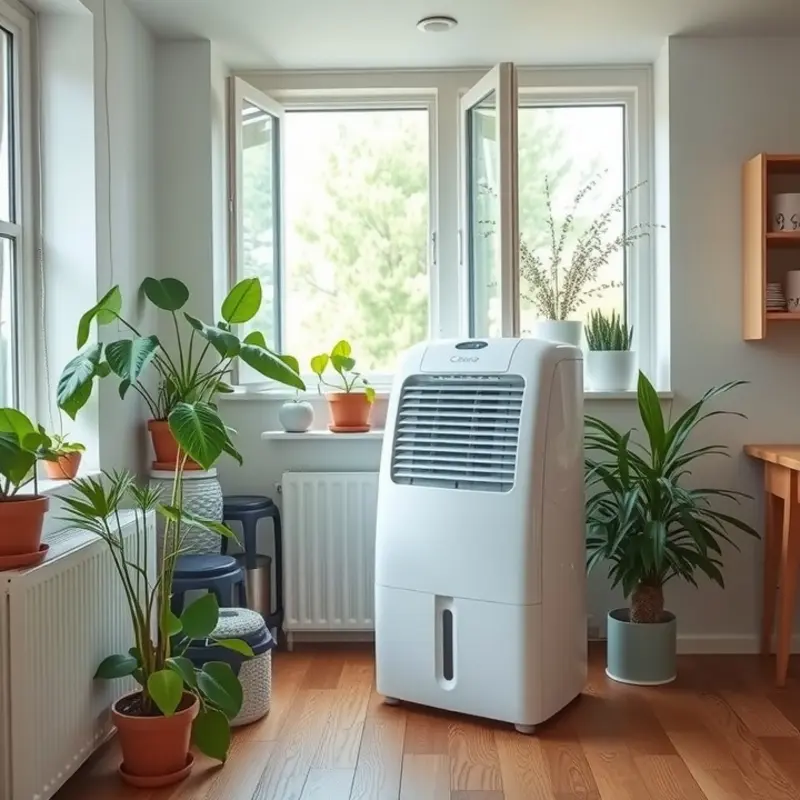
Managing humidity in your apartment can seem daunting, but several easy strategies can help. Maintaining optimal humidity levels ensures comfort and health while protecting your living space and belongings. Begin by setting up a dehumidifier in rooms with noticeable moisture issues. Dehumidifiers draw excess water from the air, making your environment less hospitable to mold and dust mites. They are straightforward to use, available in various sizes, and can fit even small spaces.
Another critical method for controlling humidity is ensuring proper ventilation. Make it a habit to regularly open windows in rooms like the kitchen and bathroom to allow moisture to escape. Installing exhaust fans in these areas is also effective, as they directly expel humid air outside. In many modern apartments, exhaust fans might already be in place—ensure they are clean and functioning optimally. These fans serve as a maintenance-free option once properly set up.
Utilize plants and moisture absorbers for natural humidity reduction. Some indoor plants, such as ferns and peace lilies, can help reduce indoor humidity levels. They absorb moisture through their leaves and are excellent for creating a fresher, more aesthetic living environment. Pairing plants with moisture-absorbing materials like silica gel or activated charcoal can further counteract excess moisture in closets and small spaces.
Window coverings are another nifty strategy to combat humidity-related issues like condensation. Using curtains or blinds can significantly reduce the temperature differential between indoor air and window surfaces. This simple step minimizes condensation buildup, preserving both your window frames and sills from potential water damage.
For those renting in areas with higher moisture levels, frequent inspection and cleaning of areas susceptible to humidity-related issues, like ceilings and walls, are crucial. Spotting signs of mold or mildew early means you can take quick action, preventing more significant problems down the line. These preventive measures not only enhance comfort but also boost air quality, as discussed in this apartment wellness checklist.
By employing these renter-friendly strategies, you create an environment that feels consistently comfortable and inviting. These methods are accessible and don’t require complicated installations, ensuring your apartment remains a sanctuary from the humidity without breaking the bank.
Final words
In conclusion, effectively managing humidity in your apartment doesn’t have to be a daunting task for renters. Understanding the basics of humidity allows you to take proactive steps to ensure a safe and comfortable living space. From utilizing dehumidifiers to implementing simple ventilation techniques, every action contributes to improved air quality and overall well-being. Remember, a little maintenance goes a long way in keeping your apartment both inviting and healthy. By prioritizing your home’s humidity levels, you’re not just enhancing your immediate comfort—you’re investing in your long-term health and happiness. Embrace these strategies to create a living environment that works for you.

